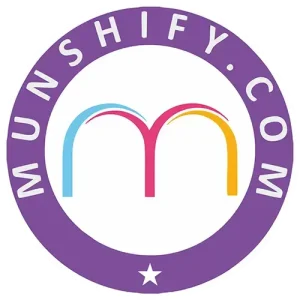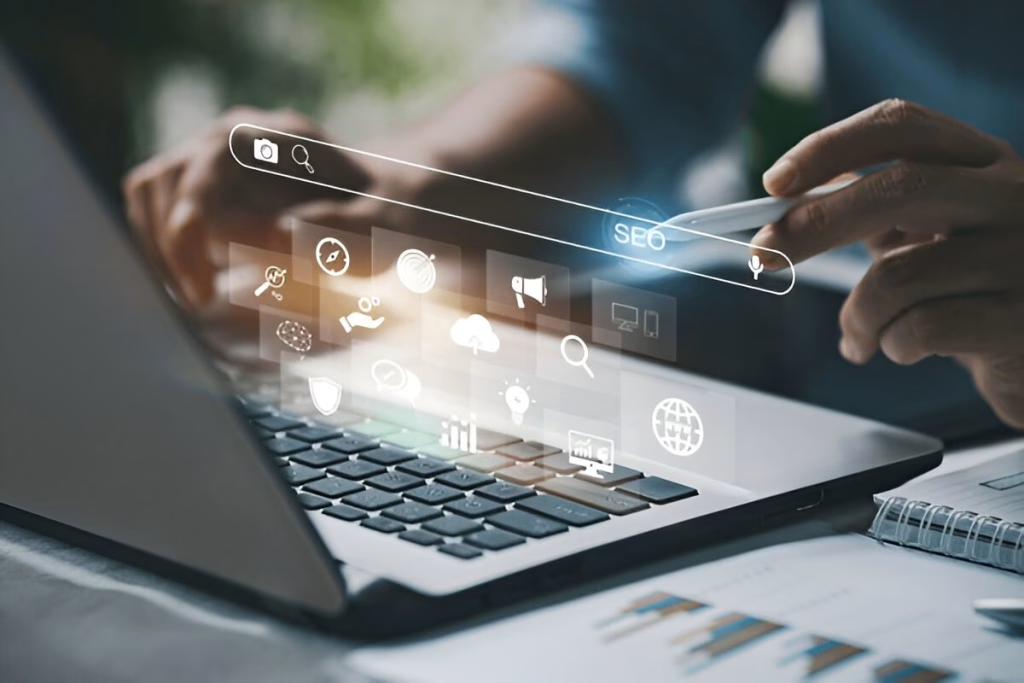Managing human resources across different countries, time zones, and cultures can be extremely complex. Multi-location businesses must deal with inconsistent policies, compliance challenges, and communication gaps. To handle these complexities, HRMS Software has been widely adopted by organizations around the world. It offers a unified platform to streamline HR processes and ensures consistency in global operations.
Challenges Faced by Multi-Location Businesses
When HR processes are scattered, inefficiencies often follow. Teams may accidentally duplicate employee records, delay payroll processing, or overlook compliance requirements. Inconsistent local HR systems also make global collaboration difficult. These challenges usually lead to operational delays and lower employee satisfaction.
What Is HRMS Software?
HRMS (Human Resource Management System) software is a digital solution that simplifies HR tasks such as payroll, recruitment, performance tracking, and employee records management. When implemented across multiple office locations, the software centralizes HR operations, making them more efficient. By automating tasks and providing cloud-based access, it reduces manual workloads and minimizes human errors.
Simplify global HR get started with our HRMS Software today!
Benefits of Using HRMS Software Across Global Locations
By using HRMS Software, companies can enjoy several benefits:
Standardized Processes
HRMS software helps companies follow the same HR rules and steps in every office around the world. Whether it’s hiring new employees, giving feedback, or handling training, everything is done in the same way. This makes things clear and fair for everyone and helps HR teams work better together, no matter where they are.
Automated Workflows
HRMS software can do many tasks automatically. For example, it can calculate salaries, track attendance, and handle leave requests without anyone needing to do it manually. This saves time, reduces mistakes, and helps things move faster inside the company.
Learn More: Remote Work Management: How HRMS Systems Are Evolving in 2025
Employee Self-Service
Employees can log into the system themselves to see their payslips, apply for leave, or update their details. They don’t need to ask the HR team for help with simple things. This gives employees more control and also saves the HR team a lot of time.
Data Accuracy
Since the system checks the information and updates everything in real time, there are fewer chances of making mistakes. Whether it’s salary details or address changes, everything stays up to date. This helps the company make better decisions and avoid problems later.
Key Features to Look for in HRMS Software
To get the most value, the following features should be included in the HRMS Solution:
Multi-language and multi-currency support
The HRMS should work well for teams in different countries. It should let people use the system in their own language and handle different currencies. This makes it easier for global teams to use the software and helps companies pay employees correctly in their local money.
Compliance management for local laws
Every country has its own labor laws. A good HRMS helps you follow these rules by staying updated with local laws and tax changes. It also helps create reports and paperwork needed for audits, so your company stays out of legal trouble.
Cloud-based accessibility
Cloud-based HRMS means you can use it from anywhere with an internet connection—whether you’re in the office or working from home. It also means you don’t have to worry about installing software or keeping servers. Everything is stored safely online and updated automatically.
Role-based access controls
Not everyone in the company should see all employee data. With role-based access, people only see what they need to. For example, a manager can see their team’s performance but not their salaries. This keeps private info safe and secure.
Integration with payroll and accounting systems
The HRMS should work well with your payroll and accounting tools. When everything is connected, salary payments, tax deductions, and expense tracking become easier and more accurate. This also saves time and avoids mistakes from entering the same data twice.
How HRMS Software Improves Compliance and Reporting
Global compliance is a major concern for international businesses. Labor laws differ from country to country. If they are not followed properly, penalties may occur. HRMS System ensures that each location adheres to regional employment laws by updating rules and settings accordingly. Additionally, reporting tools allow for the easy generation of audit-ready reports, which helps during inspections and internal reviews.
Real-Time Collaboration Made Easy
With remote work becoming common, real-time collaboration between HR teams has become essential. HRMS Software allows HR professionals to communicate, share documents, and handle employee requests instantly. Notifications and alerts keep everyone updated, regardless of their location. As a result, teams can work together efficiently, no matter where they are based.
To manage HR operations across multiple countries effectively, a smart solution is needed. That’s where HRMS Software proves to be essential. It simplifies global HR processes, enhances compliance, and supports real-time collaboration. By adopting it, multi-location businesses can ensure smooth and consistent operations across all regions.
Try our all-in-one HRMS Software today and streamline your workforce management across every location — visit munshify.com!
FAQs
1. What is HRMS Software used for?
It is used to automate and manage HR functions such as payroll, recruitment, attendance, and employee data.
2. Is HRMS Software suitable for small businesses?
Yes, it can be scaled to fit the needs of both small and large businesses.
3. How does HRMS Software help with compliance?
It updates legal settings according to local labor laws and generates reports needed for audits.
4. Can HRMS Software support multiple languages?
Most modern systems do support multiple languages and currencies, making them ideal for global teams.
5. Is employee data secure in HRMS Software?
Yes, advanced encryption and role-based access ensure that sensitive data is protected.


